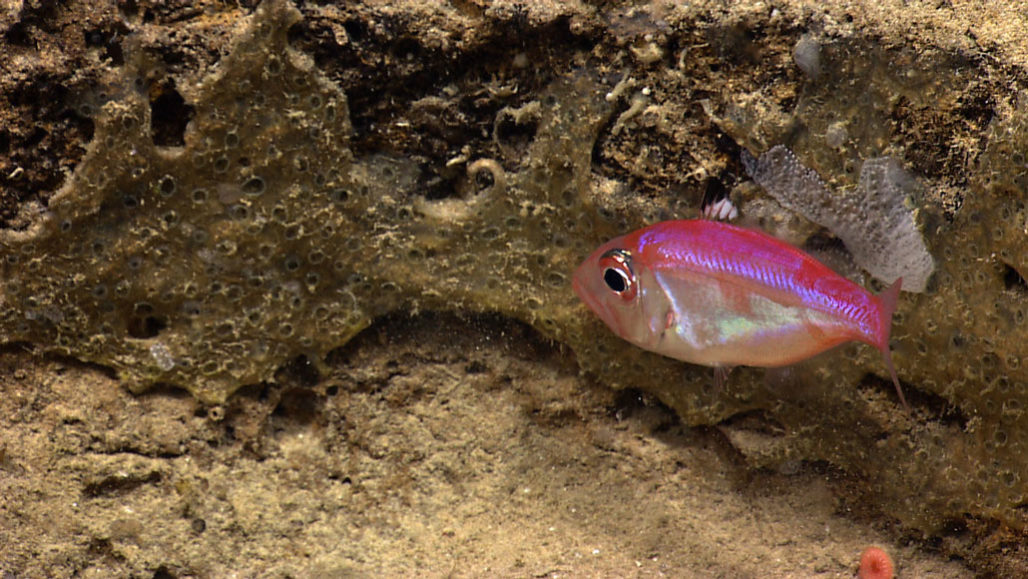HOME
This is the first deep-sea fish known to be a mouthbreeder

Scientists found over 500 eggs attached to the inside of a parazen’s mouth parazen fish.This parazen fish (Parazen pacificus) was spotted some 500 meters deep, near Puerto Rico, by a remotely operated underwater vehicle.
The study described in this news article was retracted on October 29, 2020. Prompted by a study posted at preprints.org questioning the origin of the eggs found in the mouth of a Parazen pacificus, the authors reanalyzed the samples and confirmed that the eggs were crab eggs, not the fish’s own fertilized eggs. “While the breeding ecology of Parazen pacificus remains unknown and the species appears to be exapted for mouthbrooding, we find that the original data is not sufficient to confirm that this species is a mouthbrooder,” the authors write.
Most fish are broadcast spawners, casting their eggs and sperm in clouds and leaving their young to develop alone. But a tiny minority — about 2 percent — are “mouthbreeders,” keeping their fertilized eggs (and sometimes hatchlings) protected in their mouths. Now, a study reveals the first fish known from the deep sea to mouthbrood, researchers report February 27 in Scientific Reports.
In 2015, ichthyologist Randy Singer, now at the University of Michigan Museum of Zoology in Ann Arbor, was identifying fish spotted by a remotely operated underwater vehicle for the U.S. National Oceanic and Atmospheric Administration’s Okeanos Explorer ship. A red-glinting fish flashed by the vehicle’s camera some 500 meters deep, near Puerto Rico.
News Source